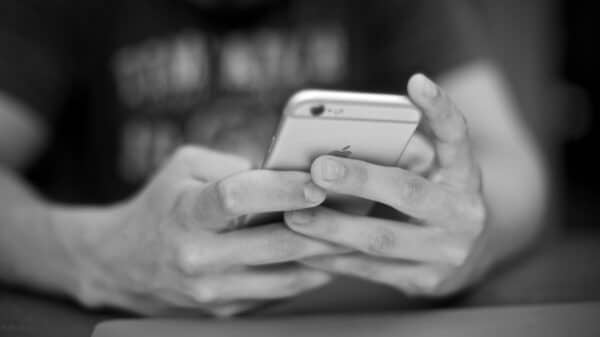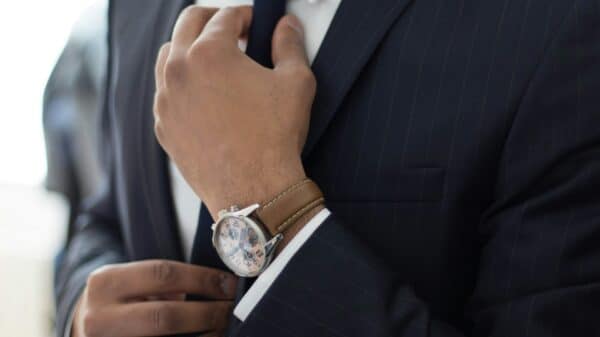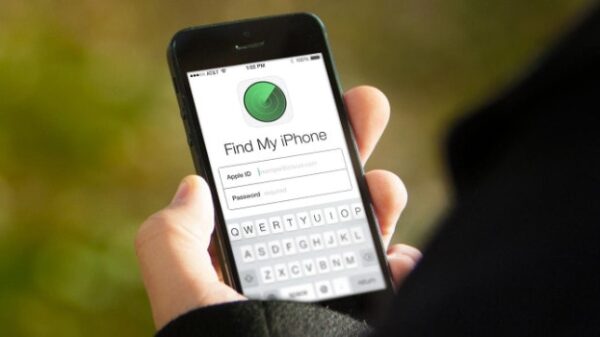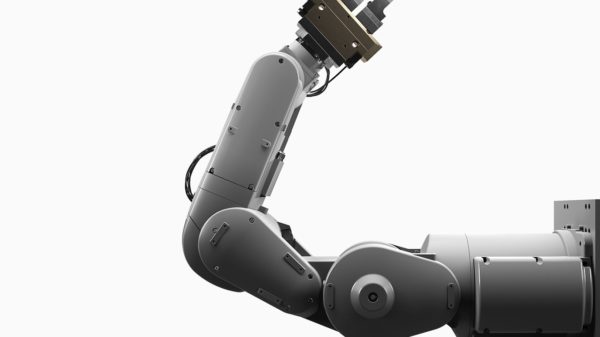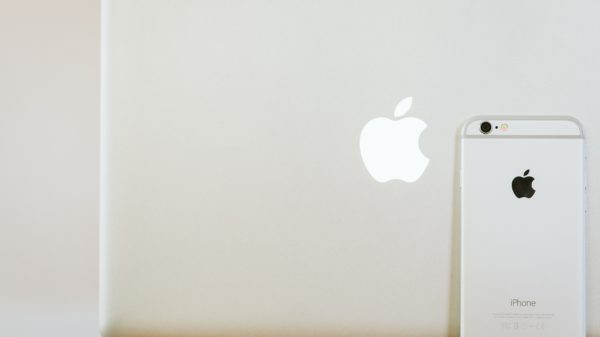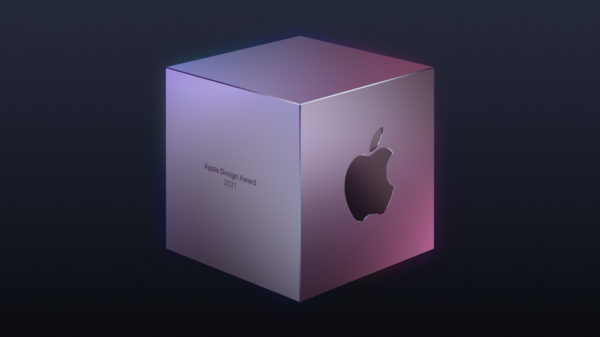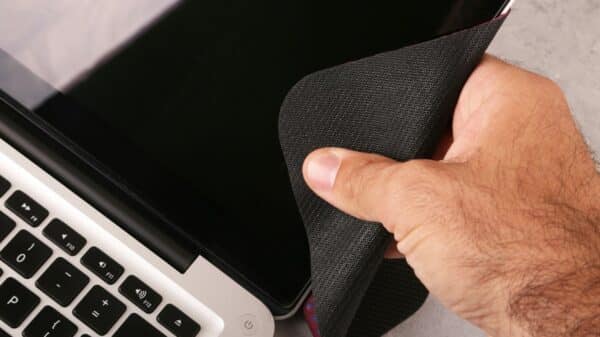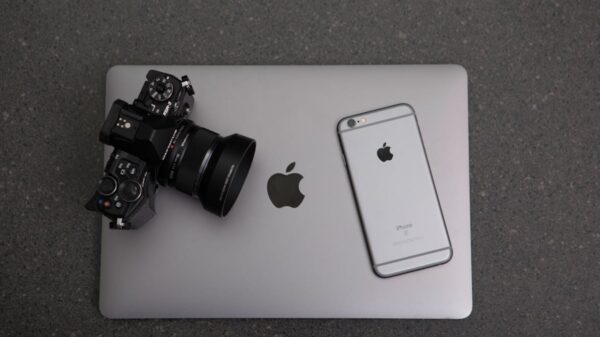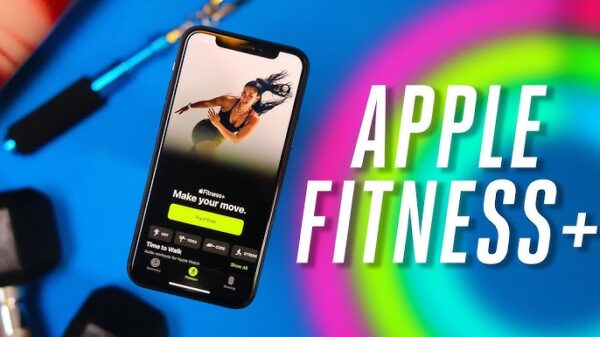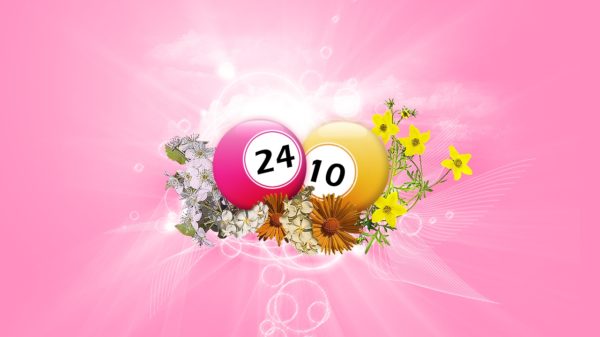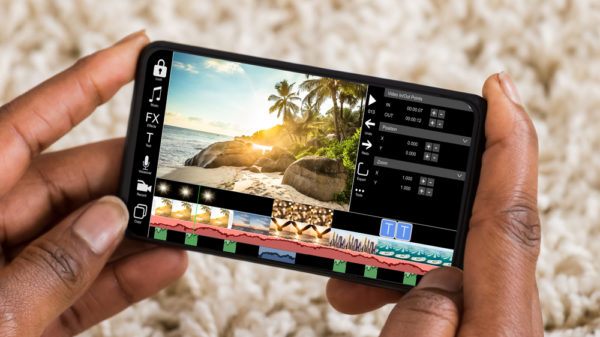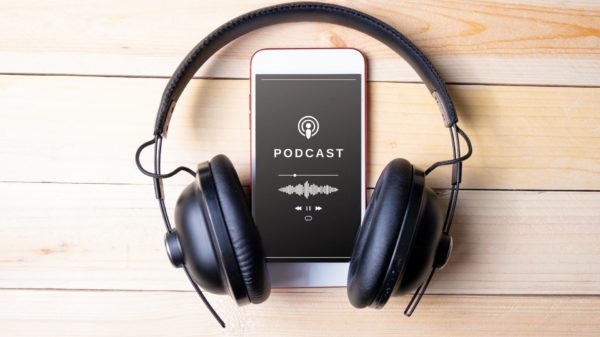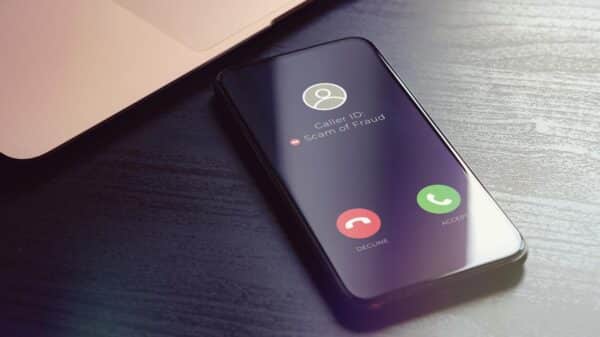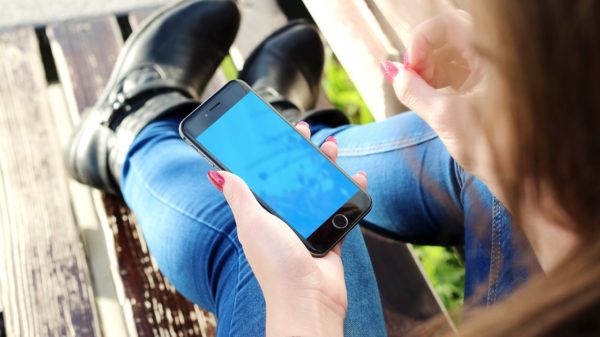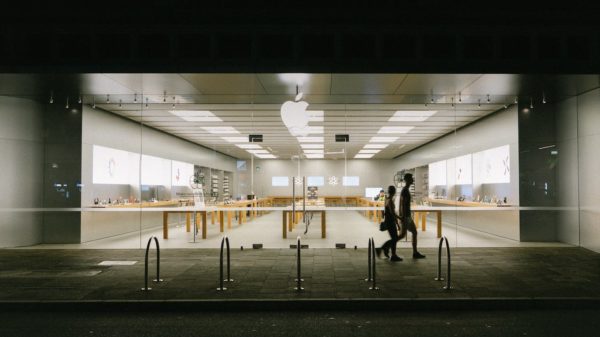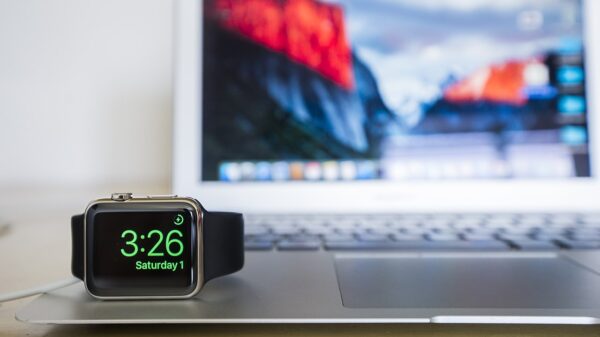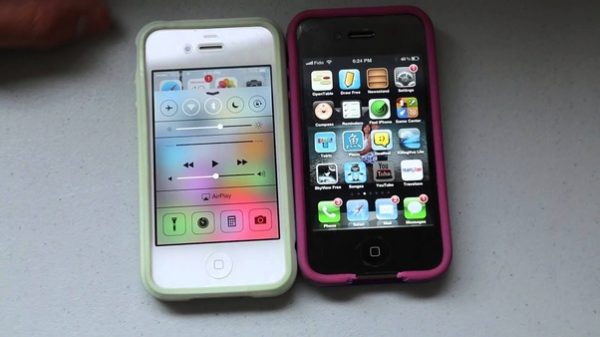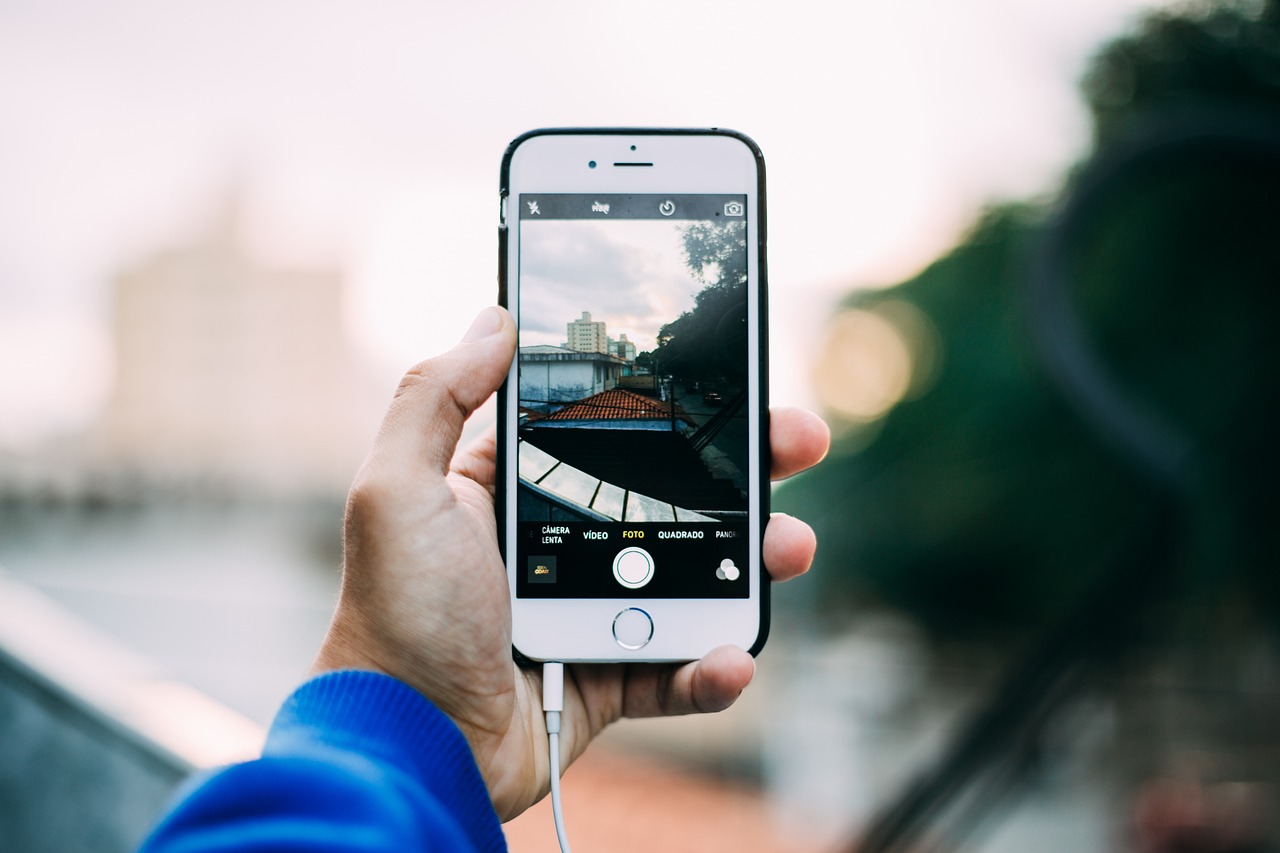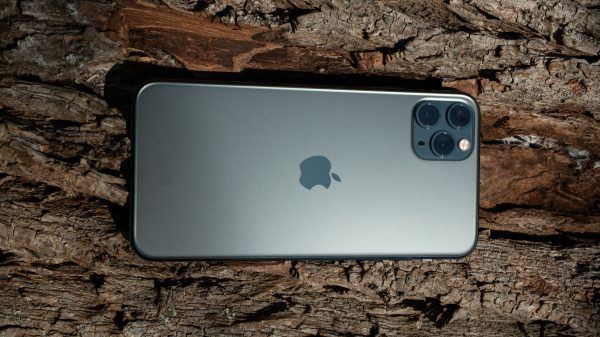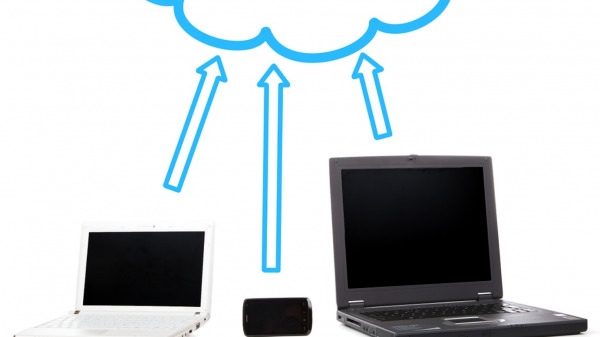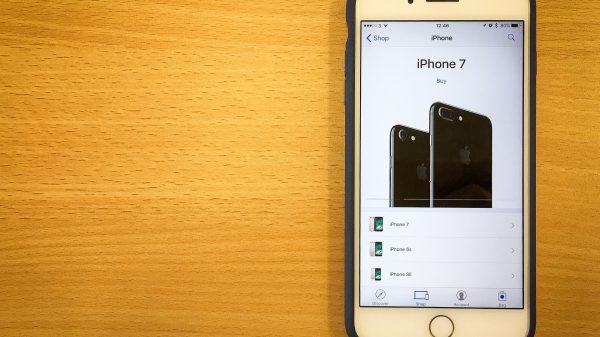In the era where digital storytelling is reigning supreme, the importance of editing photos to match specific needs becomes apparent. One of the key aspects this includes is adjusting photo ratios. But why is the photo ratio so significant and how does adjusting the photo ratio to 2:3 on iPhone enhance your photographic scenarios?
The term 2:3 photo ratio refers to the relationship between the width and height of an image. It means that for every two units in width, there are three units in height. This creates a stunning portrait orientation, perfect for numerous photography styles, ranging from portrait to landscape.
The 2:3 ratio is substantially different from the 1:1 ratio (producing a square image) or 16:9 ratio (creating a widescreen image). This unique dimensional proportion allows 2:3 photos to standout, offering a visually alluring, traditional photographic feel that accentuates height.
Pre-Steps Before Photo Editing on iPhone
When you’re gearing up to edit photos on your iPhone, the preparation stage is just as crucial as the editing process itself. To achieve stunning visual results, one must first lay a solid foundation by capturing a well-composed photograph. It is essential to be mindful of the framing before you snap the picture. Pay careful attention to the placement of your subject within the frame, and strive to create an aesthetically pleasing balance between the various elements in your scene.
Illumination is another critical factor that contributes to the success of the original photo. The right lighting conditions can elevate a photo from ordinary to extraordinary. It’s important to ensure that your subject is neither shrouded in deep shadow nor washed out by excessive brightness. Such issues can be challenging to fix later on and might compromise the quality of your finished product.
Understanding file formats is another preparatory step that should not be overlooked. The choice between JPEG and RAW can significantly impact your editing capabilities. While JPEG is widely used due to its smaller file size and convenience for sharing, RAW files contain all the data from your camera’s sensor, giving you much more control and quality in your post-processing workflow. Therefore, if the highest possible quality is your goal, shooting in RAW is the way to go.
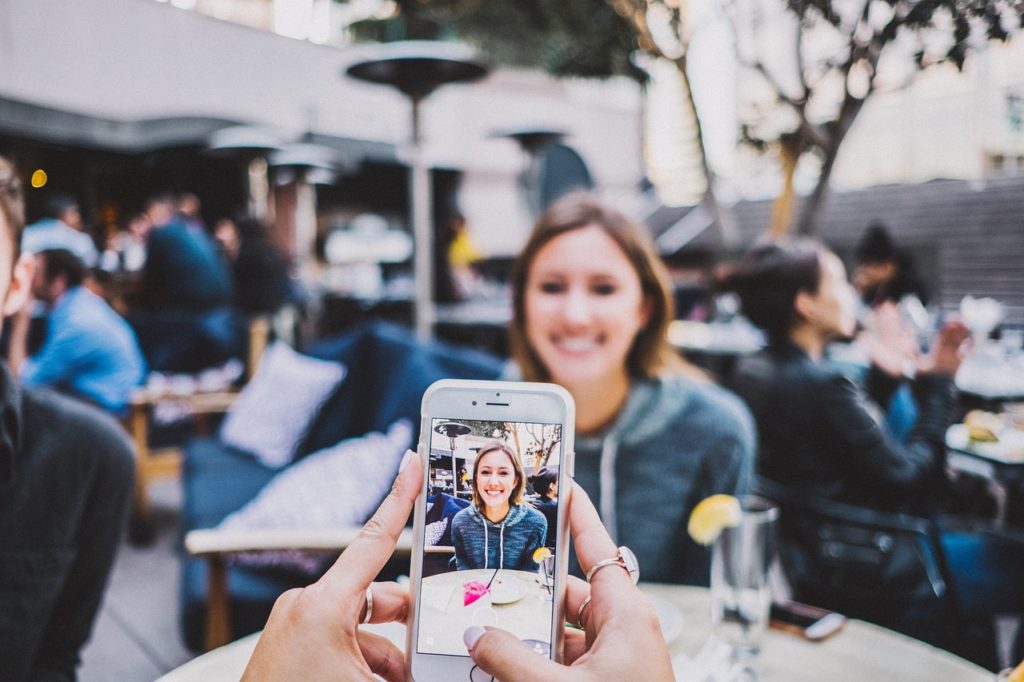
Editing Photos to 2:3 Ratio on iPhone Using In-built Applications
For those preferring the convenience of iPhone’s native capabilities, the built-in photo editing tool is a powerful asset. Adjusting your photo’s aspect ratio to the popular 2:3 format is a straightforward process with this tool.
Begin by launching the Photos app and selecting the image you wish to modify. Tap on the edit icon, often represented by a magic wand, to access the editing features. Within the editing interface, select the crop tool to modify your photo’s dimensions. You can manually adjust the edges of your photo to achieve the desired 2:3 aspect ratio, ensuring the width is two-thirds the size of the height.
The simplicity of the iPhone’s in-built editing tool streamlines the process, negating the need for additional software and making it ideal for swift edits that don’t compromise on quality.
Editing Photos to 2:3 Ratio on iPhone Using External Apps
While the iPhone’s own photo editing tool is quite capable, there are times when a more advanced toolkit is required. This is where external applications like Adobe Lightroom or Snapseed come into play, offering a suite of sophisticated editing features for those seeking professional-level results.
For example, Adobe Lightroom provides a comprehensive array of editing options. When adjusting the aspect ratio in Lightroom, you start by selecting the crop tool. The app then allows you to choose from various preset ratios or customize your own. The 2:3 ratio is a common preset available, making the cropping process efficient and precise.
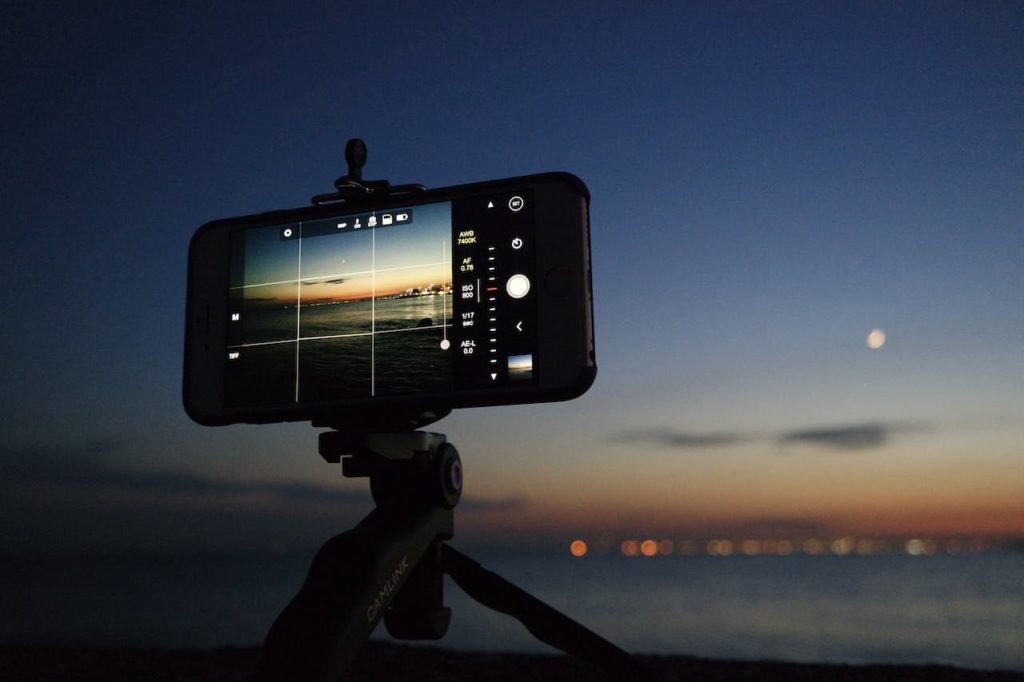
Tips to Optimize Photo Quality After Editing
When you change a photo’s aspect ratio, there’s a risk of diminishing the image resolution, especially if you’re working with a source photo of limited resolution. It’s imperative to start with a photo that is sufficiently high in resolution so that it maintains its clarity and sharpness after cropping.
Post-editing, saving your image in a high-quality format is advisable. Formats like JPEG, while maintaining a balance between file size and quality, or TIFF, known for its lossless compression, are excellent choices for preserving the integrity of your photo post-edit.
If the final image doesn’t meet your expectations, it’s worthwhile to either revisit the editing drawing board or even retake the photograph if possible. Each editing attempt is an opportunity to refine your skills, and the process of trial and error can be incredibly beneficial in your journey to mastering both photography and photo editing.
Conclusion
Mastering the art of editing photos to a 2:3 ratio can dramatically augment the style and feel of your pictures. The traditional appeal of this ratio provides a classic, visually pleasing photo perfectly suited for various uses, whether in professional photography or social media shares.
So why not grasp your iPhone and start experimenting with your photo editing skills? Who knows what wondrous photos you might create next!

